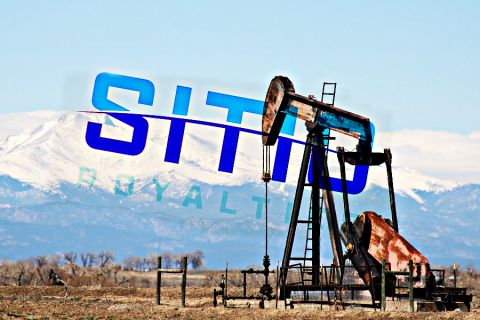Our readers in northern climes may have snow outside their windows by now, a first taste of the 2013-14 winter. Who
knows what the weather has in store for us in a few more weeks?
The National Oceanic and Atmospheric Administration’s long-range forecast through December is for average
temperatures in most states with warmer-than-average temperatures in the West and northern New England. Environment Canada’s long-range forecast map through year end seems to ditto those projections, forecasting warmer than-average temperatures in the East and Maritimes and average readings across the Prairie Provinces and the West.
Furnaces start to kick on now and midstreamers check the level of the industry’s working natural gas in storage.
Injections have been average, or on the low side of average, going into the fourth quarter. The U.S. Energy Information
Administration’s (EIA) weekly chart of gas in storage shows things are roughly about normal. Total working
gas in storage in October stood at 3.58 trillion cubic feet (Tcf), not far off from the moving, five-year average of
3.52 Tcf and well below the peak of the roller coaster a year ago, 3.7 Tcf. So overall, things look good for everyone.
Consumers have the gas they need to stay cozy and producers have better prices.
Old hands in the business can easily remember those brutal winters of the late 1970s. The Great Blizzard of 1978
brought record snow and cold to much of the eastern U.S. and Canada and, as I recall, measurable
snow cover in all 50 states. (Hawaii routinely has snow on the Big Island peaks of Mauna Kea and Mauna Loa.)
And there was no gas—not enough anyway. Schools and offices closed and people were sent home as the pipelines and local distribution companies scrambled to meet demand.
President Carter encouraged homeowners to wear sweaters and set thermostats at 68º F or lower to save gas and fuel oil. The EIA was just getting started so there was no weekly gas in storage update. Had there been, the
blue line would have been scraping bottom. Newsweek and other publications ran cover stories on global cooling and how the U.S. was running out of energy.
I suspect suggestions back then that one day the U.S. would have so much gas it would want to export liquefied natural gas (LNG) would have been laughed off as preposterous, just as suggestions that the earth’s climate actually might be warming.
What’s up with the climate may still be in doubt. Abundant gas reserves are for real. Our cover story considers the bright promise of a whole new industry dawning in North America: Large-scale LNG exports will be here in the
near future.
Bulldozers move dirt and welders weld steel right now for Cheniere Energy’s Sabine Pass terminal liquefaction trains. The first tanker loaded with LNG will weigh anchor at a Louisiana dock in less the two years—and the U.S. will be competing with Qatar, Algeria, Australia and other LNG exporters. Signatures are going on financing deals that will pay for multiple other export plants that will come on stream by 2020.
How far we have come.
Thank producers in the Utica and Marcellus shale plays for no small role in bringing about that change. We’ll be
meeting with them—and midstream operators scrambling to move all that gas, natural gas liquids and crude oil—
at November’s DUG East conference in Pittsburgh. It will be well worth your time to join us if you have interests in
the region.
Who knows? It might even snow in Pittsburgh.
Recommended Reading
Deep Well Services, CNX Launch JV AutoSep Technologies
2024-04-25 - AutoSep Technologies, a joint venture between Deep Well Services and CNX Resources, will provide automated conventional flowback operations to the oil and gas industry.
EQT Sees Clear Path to $5B in Potential Divestments
2024-04-24 - EQT Corp. executives said that an April deal with Equinor has been a catalyst for talks with potential buyers as the company looks to shed debt for its Equitrans Midstream acquisition.
Matador Hoards Dry Powder for Potential M&A, Adds Delaware Acreage
2024-04-24 - Delaware-focused E&P Matador Resources is growing oil production, expanding midstream capacity, keeping debt low and hunting for M&A opportunities.
TotalEnergies, Vanguard Renewables Form RNG JV in US
2024-04-24 - Total Energies and Vanguard Renewable’s equally owned joint venture initially aims to advance 10 RNG projects into construction during the next 12 months.
Sitio Royalties Dives Deeper in D-J with $150MM Acquisition
2024-02-29 - Sitio Royalties is deepening its roots in the D-J Basin with a $150 million acquisition—citing regulatory certainty over future development activity in Colorado.





